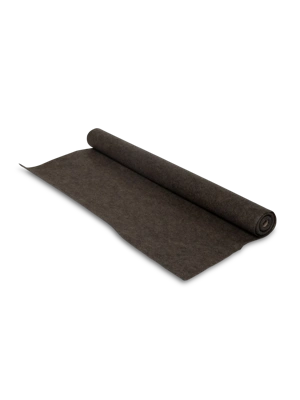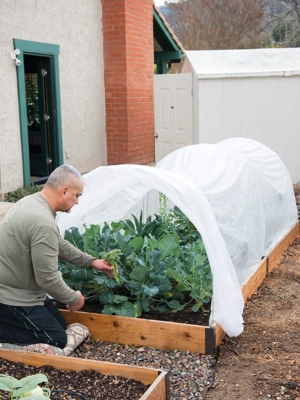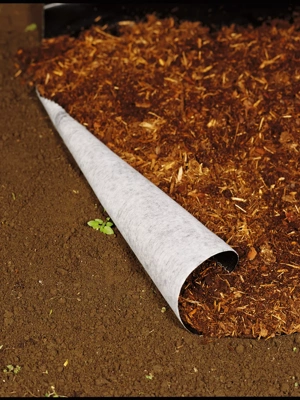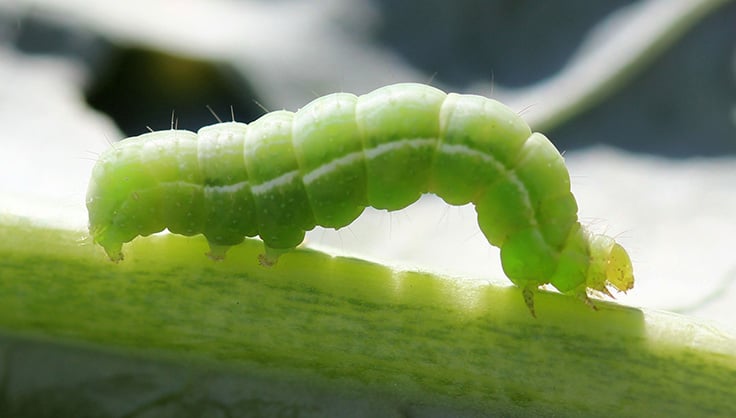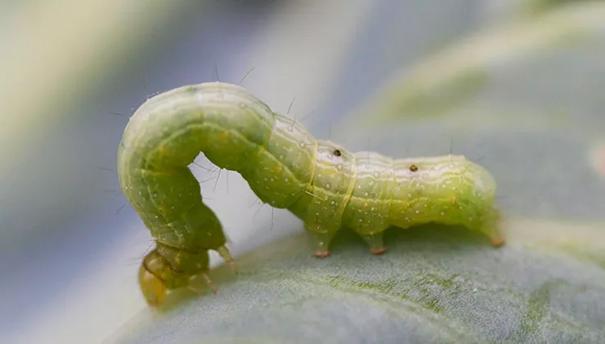Root Maggot
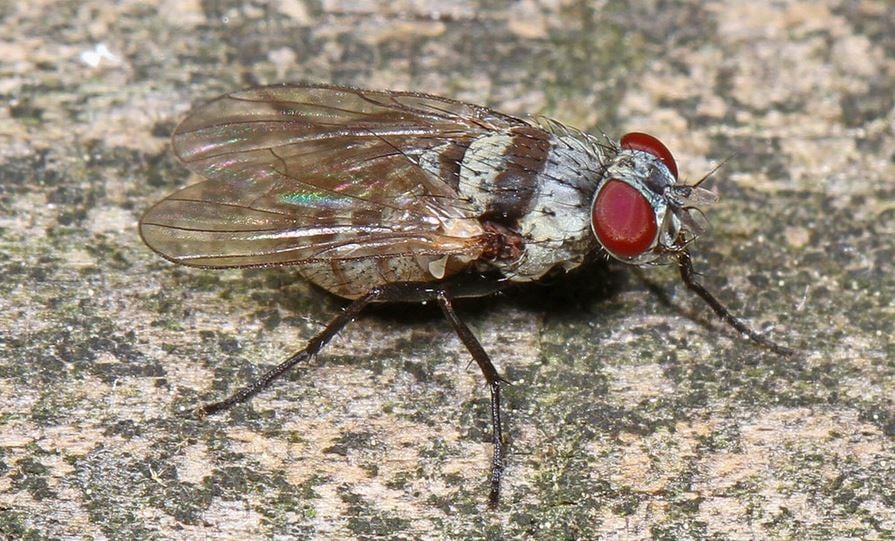 Root-maggot Fly ( Anthomyia illocata) Photo: Judy Gallagher
Root-maggot Fly ( Anthomyia illocata) Photo: Judy Gallagher Root maggot feeding can weaken or stunt the growth of plants. In the case of cabbage root maggots, infested crops such as broccoli, cabbage, radishes and turnips wilt during the heat of the day. Onion root maggots tunnel into the bulbs of onions and deform root crops, such as carrots and radishes. Tunneling also creates entry points for bacterial diseases, such as black rot.
Both of these root maggot species are small yellow-white maggots, the larvae of flies that resemble the common housefly. Flies overwintering in soil emerge in the spring to mate and lay eggs near the stems of young seedlings. The larvae burrow down into the root zone where they feed for several weeks. Onion maggots and cabbage maggots are most common in the northern half of the U.S.
Prevention and Control
- Prevent adult flies from laying eggs near young plants by covering them with garden fabric.
- Make 3″ diameter collars out of cardboard, tarpaper, or old carpeting. Add a slit to the center of each collar. Lay collar flat on the soil surface around each plant you want to protect from maggots. The collars prevent the maggot flies from laying their eggs near the plants.
- Mounding wood ashes, hot pepper, or diatomaceous earth around plant stems may repel the adult flies.
- If you suspect root maggot activity, uproot a few plants and check the roots. Destroy any plants that prove to be infected.
- After harvest, pull out roots of cabbage-family crops and destroy them to prevent these pests from overwintering in your garden.
Last updated: 03/15/2024
Print this Article:
Related items
Related Articles
Get the Dirt
Stay up to date on new articles and advice. Please fill out the information below.



